Fruit, Vegetable and Ornamental Production
-
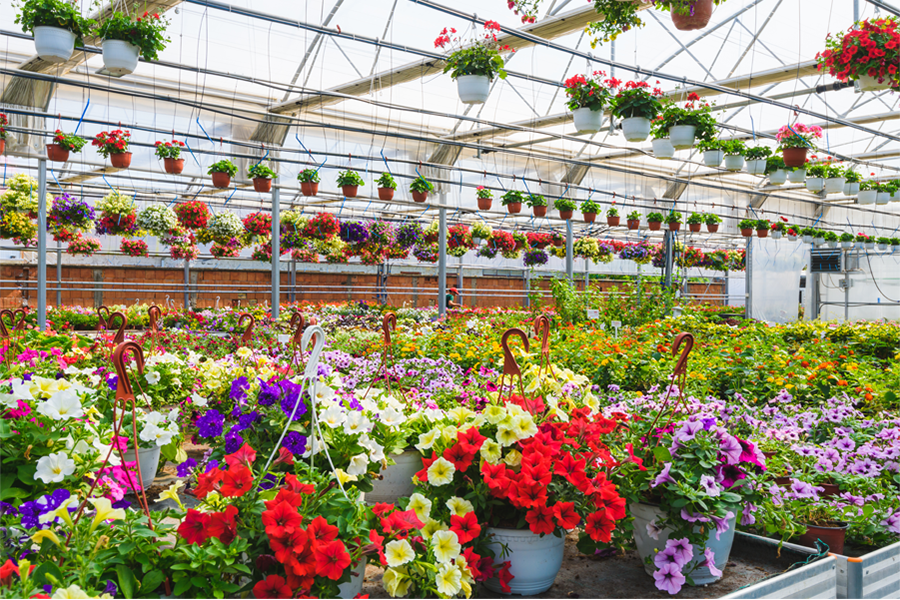
Georgia’s nurseries, greenhouses and turfgrass businesses are major contributors to Georgia’s growing economy, to the beauty of Georgia homes and businesses, and to a better quality of life. When used appropriately, the products and services provided by these businesses enhance the environment of their customers. Thus, it only makes sense that these businesses should use management practices that are not damaging to natural resources and the environment. This publication is one tool that green industry companies can use to evaluate their management practices and design strategies for environmental compliance and pollution prevention.
Ping Yu
|
-
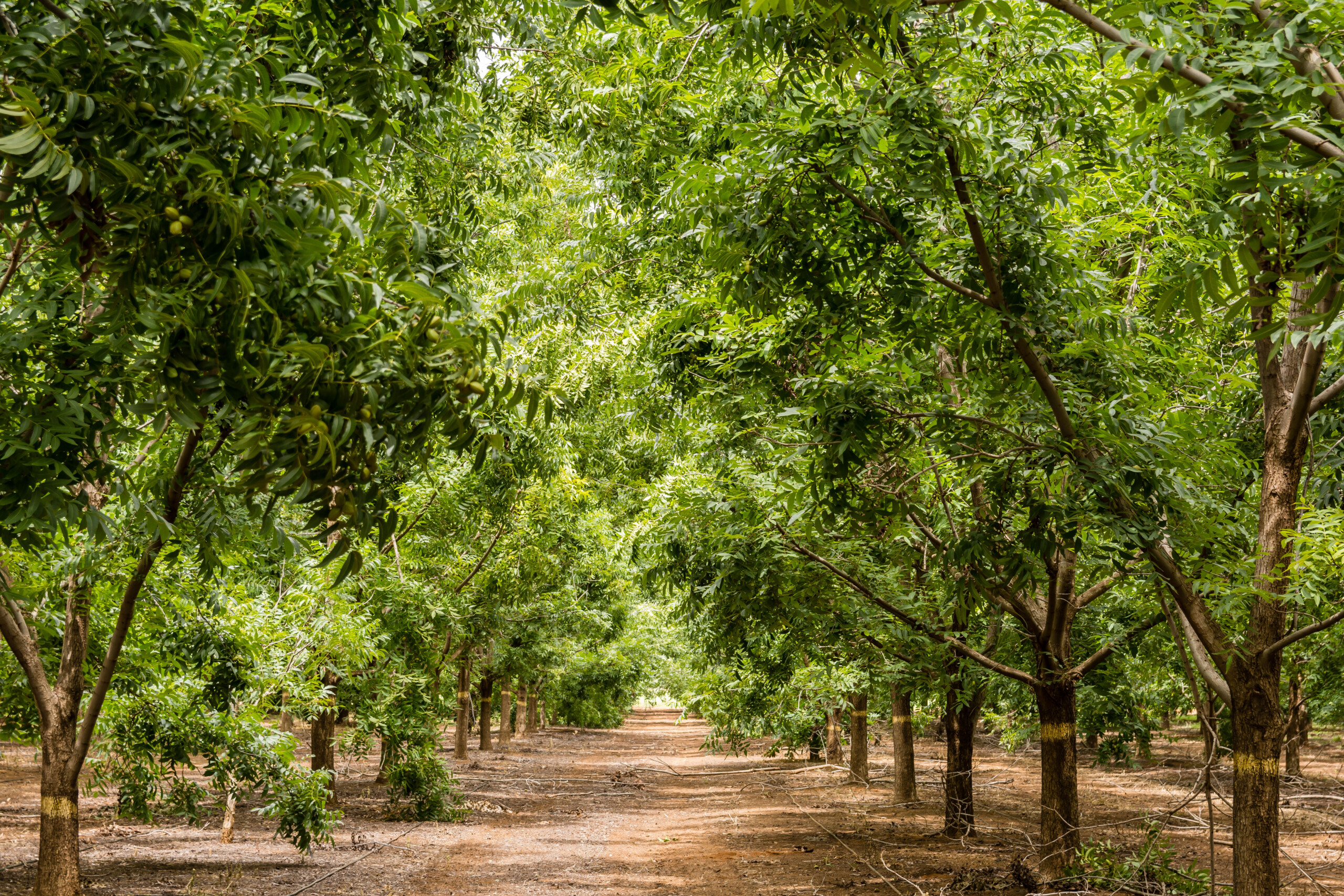
As pecan trees grow in an orchard, their tree canopies encroach upon one another, causing excessive shading, which can increase alternate bearing intensity and reduce tree health and orchard profitability. Historically, limb pruning and tree removal have been the most common methods of dealing with this problem, particularly in the low-light environment of the southeastern United States. Mechanical hedge pruning has been used successfully in high-light environments to mitigate the effects of orchard shading and has become the standard method used for this purpose in the arid production regions of the western United States. The southeastern United States is a relatively low-light environment, exhibiting significant cloud cover and atmospheric water vapor throughout the growing season, which can further limit sunlight in orchard systems. Mechanical hedge pruning offers a solution to this problem, which can also help minimize issues related to pecan scab, hurricanes/tropical storms, and alternate bearing.
Marvin Wells and Andrew Sawyer
|
-
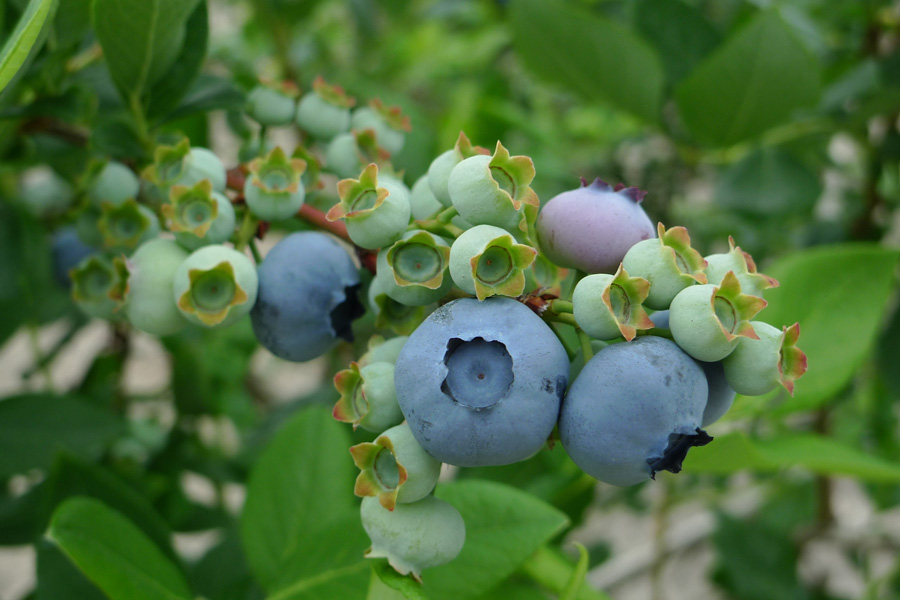
C 1278
Blueberry Production
This publication covers a brief history of the development of blueberries, plus general production requirements such as varieties, chill hours, soil considerations, etc. The southern highbush blueberry is a hybrid that requires fewer chill units compared to northern highbush types, allowing the state of Florida, southern areas, and Georgia to produce fruits in the U.S. market during March, April, and May. The development of southern highbush also has allowed the production of blueberries in countries such as Mexico and Peru.
Zilfina Rubio Ames
|
-
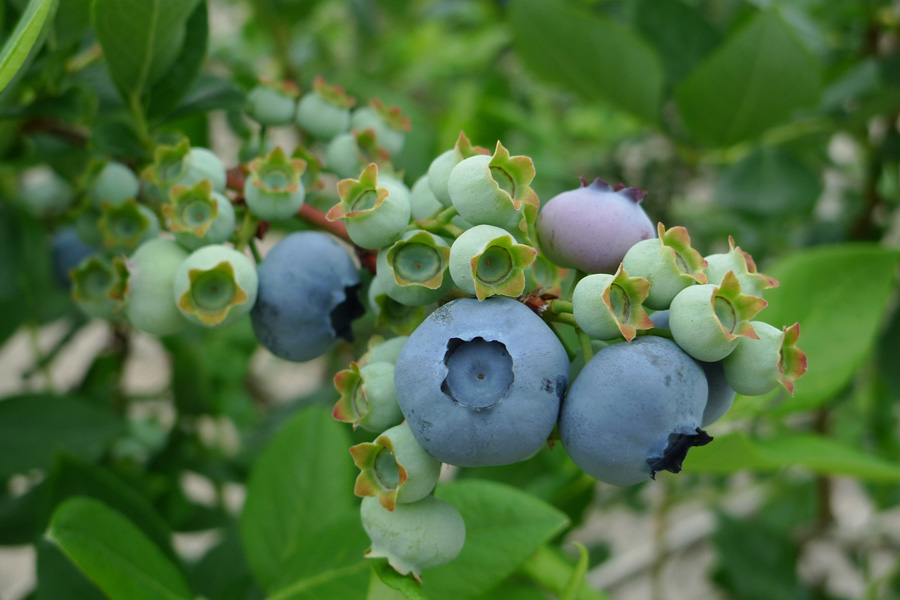
C 1278-SP
Los Arándanos y Su Producción
El arándano alto del sur, es un híbrido que requiere pocas horas de frio—una aproximación de cuantas horas la planta requiere estar expuesta a temperaturas de entre 32 a 45 °F para romper la dormancia y empezar iniciación floral—comparado con el arándano alto del norte. Por lo que permite al estado de Florida y áreas del Sur de Georgia posicionarse en el mercado estadounidense en los meses de Marzo, Abril y Mayo, y es el que ha permitido la producción de arándanos para exportación en países como México y Perú.
Zilfina Rubio Ames
|
-

This is an annual report highlighting research conducted during 2021 and 2022 for Vidalia onions. Research topics include: variety trials, irrigation and fertilizer strategies, sulfur content in soils, effect of fertilizers on yield, thrips, factors affecting postharvest incidence of bacterial bulb rot, and Botrytis leaf blight.
Tim Coolong, Christopher Tyson, Aubrey Shirley, and Theodore Mcavoy
|
-

This publication discusses how garlic, elephant garlic and leek can be grown successfully in South Georgia.
Tim Coolong
|
-
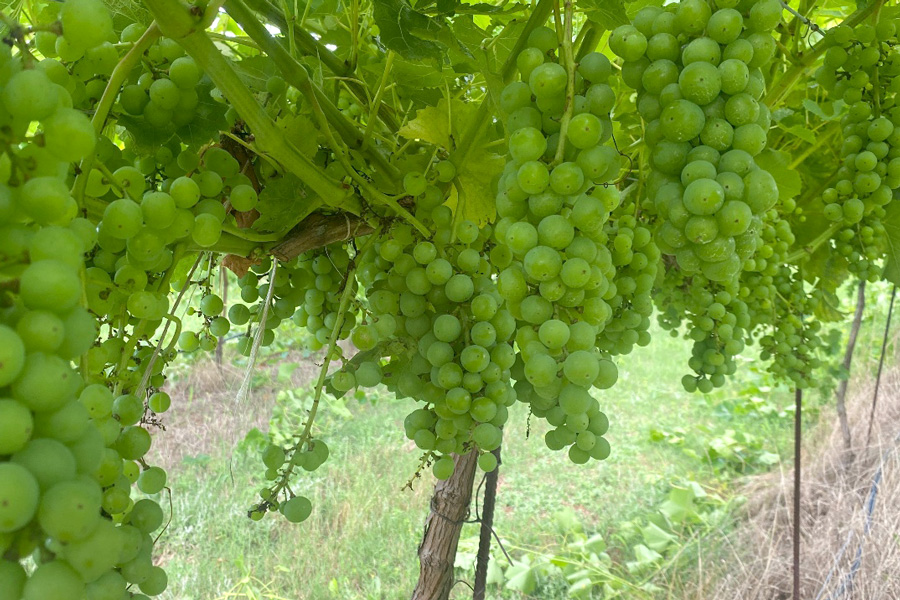
C 1274
Blanc du Bois
‘Blanc du Bois’ has made a significant contribution to wine production in southeastern regions where Pierce’s disease is prevalent. Though possessing resistance or tolerance to Pierce’s disease, Phylloxera, and powdery mildew, this cultivar is not without fault, and it does require an intensive integrated pest management (IPM) program. We cover here the major issues observed with this cultivar.
Phillip Brannen, Shane Breeden, and Walter Sanders
|
-
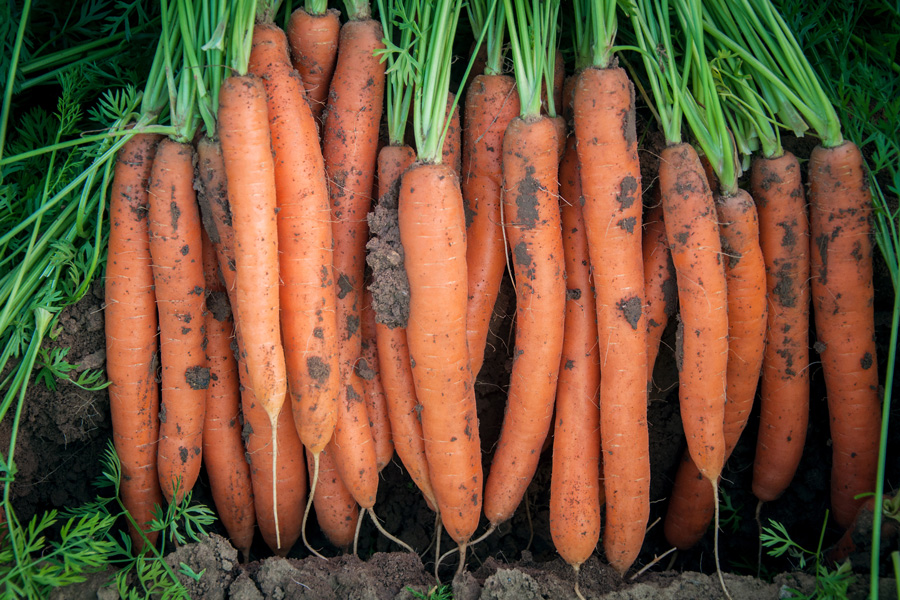
Carrots suffer significant yield losses from nematode pests because the harvested edible product (taproot) is directly affected by nematode infection, resulting in reduced marketable yield and quality. Root-knot nematodes (Meloidogyne spp.) are widespread in several counties in South Georgia and cause serious damage to carrots. Stubby-root (Paratrichodorus or Nanidorus spp.) and root-lesion (Pratylenchus spp.) nematodes are also common in these regions, though, their damage potential to carrots has not yet been established. This publication reports information on nematode detection, biology, and different control practices for the proper production of carrots.
Intiaz Chowdhury and Abolfazl Hajihassani
|
-
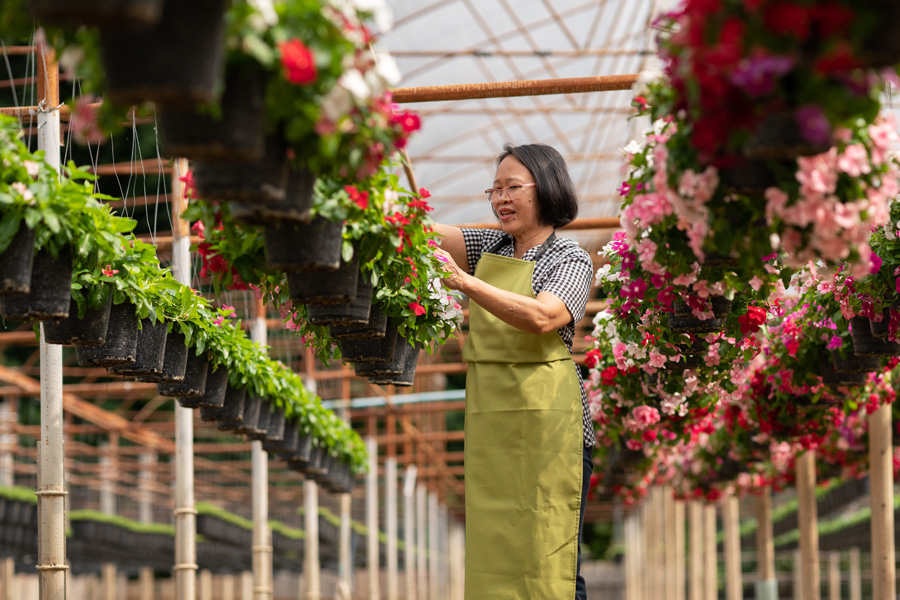
The idea of producing your own food in a clean, controlled environment is very appealing. While dreams may be big, careful research and planning should be done prior to jumping into any farm venture. Important items such as desire, capital, feasibility, labor, demographics, and marketing all need to be considered.
Robert Westerfield
|